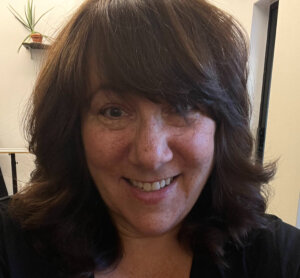Putting To Bed the Debate Over the Origin of the Seder Plate Orange
Many homes will have oranges on their Seder plates come the first two nights of Passover, starting Monday evening. And there will also be lots of different versions of the story explaining why we put it there.
Now Rabbi Andrew Sacks, head of the Conservative movement’s Israeli branch of the Rabbinical Assembly, has laid the debate about the origins of the practice to rest with a Facebook post — excerpting an email he received from Susanna Heschel.
Heschel, a professor of Jewish studies at Dartmouth College as well as the daughter of Rabbi Abraham Joshua Heschel, wrote in her email to Sacks:
In the early 1980s, the Hillel Foundation invited me to speak on a panel at Oberlin College.
While on campus, I came across a Haggadah that had been written by some Oberlin students to express feminist concerns. One ritual they devised was placing a crust of bread on the Seder plate, as a sign of solidarity with Jewish lesbians, a statement of defiance against a rebbetzin’s pronouncement that, “There’s as much room for a lesbian in Judaism as there is for a crust of bread on the Seder plate.”
At the next Passover, I placed an orange on our family’s Seder plate. During the first part of the Seder, I asked everyone to take a segment of the orange, make the blessing over fruit, and eat it as a gesture of solidarity with Jewish lesbians and gay men, and others who are marginalized within the Jewish community.
Bread on the Seder plate brings an end to Pesach — it renders everything chametz. And it suggests that being lesbian is being transgressive, violating Judaism. I felt that an orange was suggestive of something else: the fruitfulness for all Jews when lesbians and gay men are contributing and active members of Jewish life….
When lecturing, I often mentioned my custom as one of many new feminist rituals that have been developed in the last twenty years. Somehow, though, the typical patriarchal maneuver occurred: My idea of an orange and my intention of affirming lesbians and gay men were transformed. Now the story circulates that a man said to me that a woman belongs on the bimah as an orange on the Seder plate.
A woman’s words are attributed to a man, and the affirmation of lesbians and gay men is simply erased. Isn’t that precisely what’s happened over the centuries to women’s ideas? And isn’t this precisely the erasure of their existence that gay and lesbian Jews continue to endure, to this day?

















